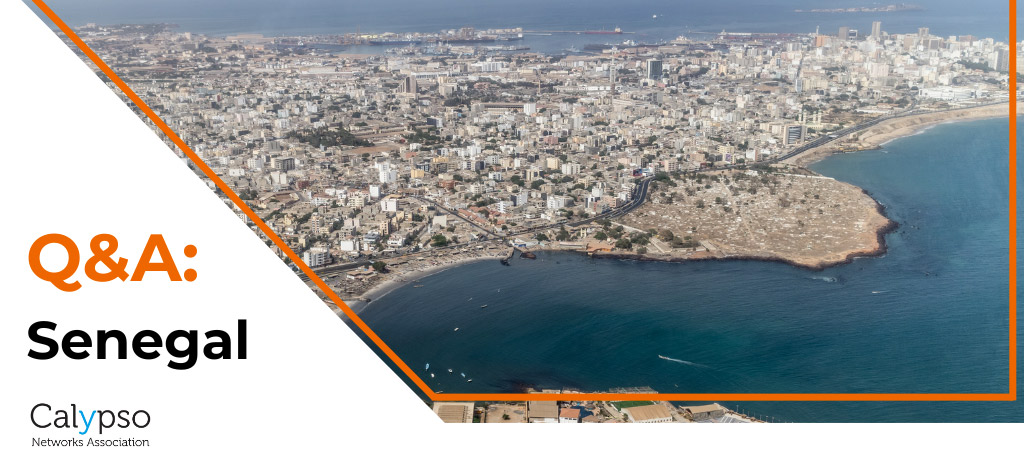
Q&A: Understanding the hottest mobility trends in Africa
- By Chaix Manon
- In
In our latest Q&A blog, we speak to Thierno Birahim Aw, Director of CETUD (Conseil Exécutif des Transports Urbains Durables) about the different needs of public transport users in Senegal, and how Calypso standards are helping support new use cases.

